Max Ammer, the RARCC’s director and co-founder and manager of Papua Diving, helped historians to organize an expedition in West Papua to look for the wrecks of an American bomber aircraft B-25H used during the Second World War (WWII).
The RARCC’s director came to Papua for the first time more than 30 years ago following his passion for aircraft wrecks and the history of WWII. While here, he fell in love with the local people and decided to start his own business to help the region.
Since then, Max Ammer, who is also a former commando, has discovered many ships and aircraft wrecks with the help of the local people and other adventurers.
In 1999, Max Ammer, Bas Kreuger, at that time curator at the Military Aviation Museum in Soesterberg, Fred Pelder, technical curator at the Nationaal Luchtvaart-Themapark Aviodrome, both in The Netherlands, and other museum staff participated in an expedition in the Lake Sentani, in Jayapura.
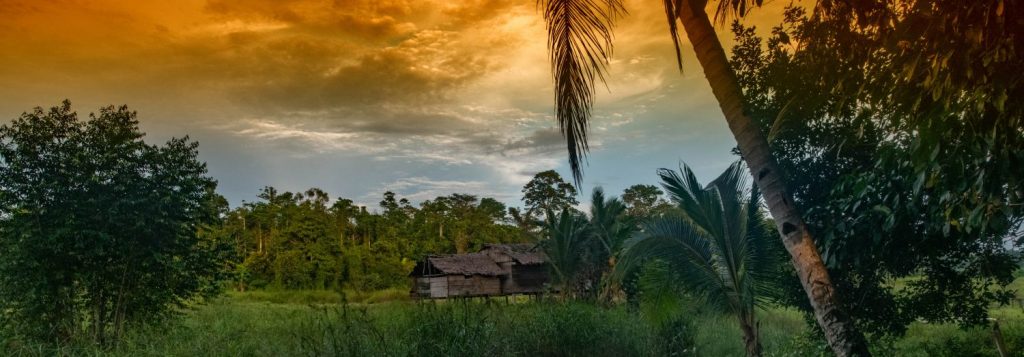
They located underwater a P-40N (an all-metal fighter and ground-attack aircraft) of the American 49th Fighter Group, and it was in good condition. “Unfortunately a salvage operation was cancelled due to disagreement between The Netherlands and Indonesia,” Bas Kreuger wrote in an article published in the magazine Contrails.
Last year, the team got back together to look for a medium bomber B-25H of the 418th Night Fighter Squadron. Reports stated that it was hit by anti-aircraft fire during an attack and therefore had to make an emergency landing in the current province of West Papua. The crash site was about 300 kilometres close to the Japanese lines and in the deep jungle.
“The B-25 had landed in the middle of a sago swamp. Moving out was almost impossible and the crew was thus forced to set up a camp on the wing of their aircraft. (…) Food and other things were dropped on them by US planes,” Bas Kreuger wrote.
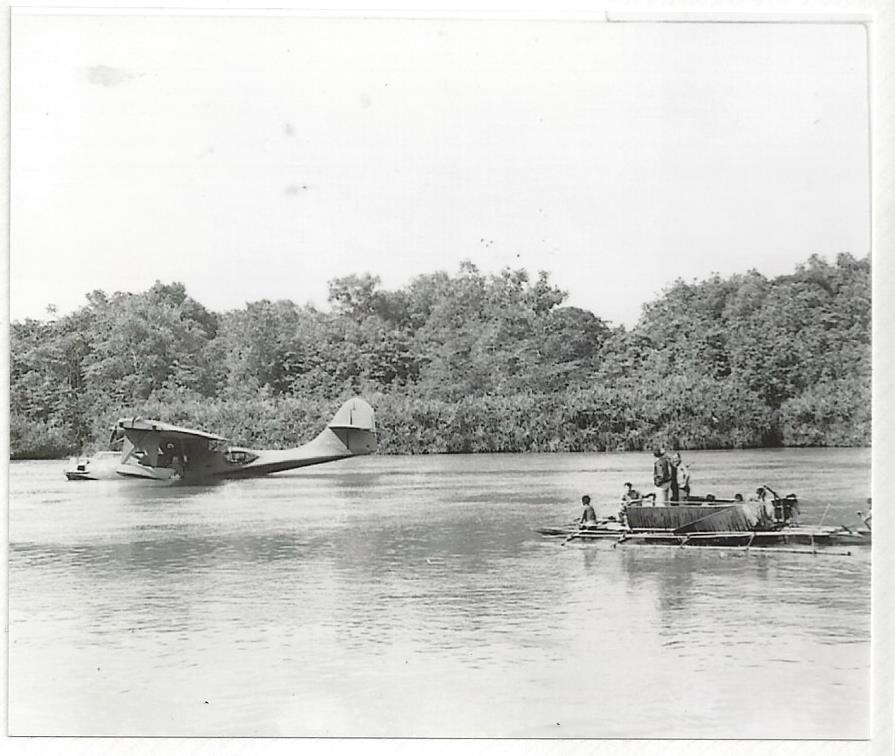
The rescue team arranged canoes in a local village to transport the group, but they were almost caught by the Japanese in a river. Thanks to the sound of the engines of the Japanese barges, they could hide on time. After that, an ambush was prepared by American and Dutchmen with the help of Papuan rowers and they killed many Japanese fighters. Four of them were captured and later transported to Biak. On the way, one tried to overpower the guards and was shot and thrown overboard.
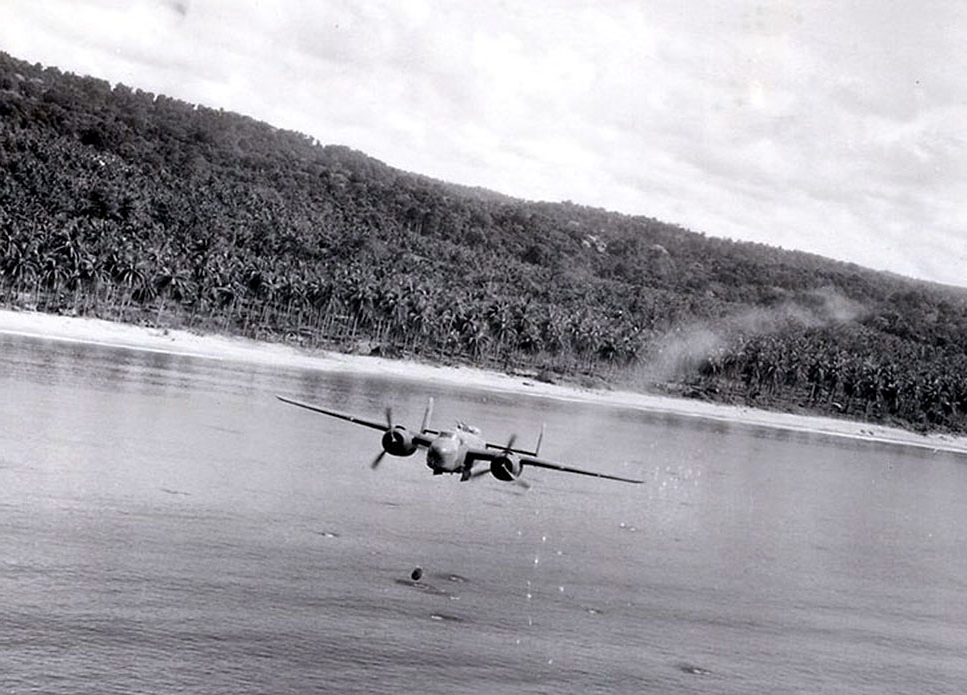
Against the odds, they survived. Many fighters who went through similar situations died in remote areas, if they were not captured and beheaded by the Japanese, Bas Kreuger emphasised.
Last year, Max, Fred, Bas and the Afghanistan veteran captain and photographer Fred Warmer and the former commando Rob Hoogendoorn searched for the wrecks of the B-25 and travel through parts of the route the rescue team took in South Sorong.
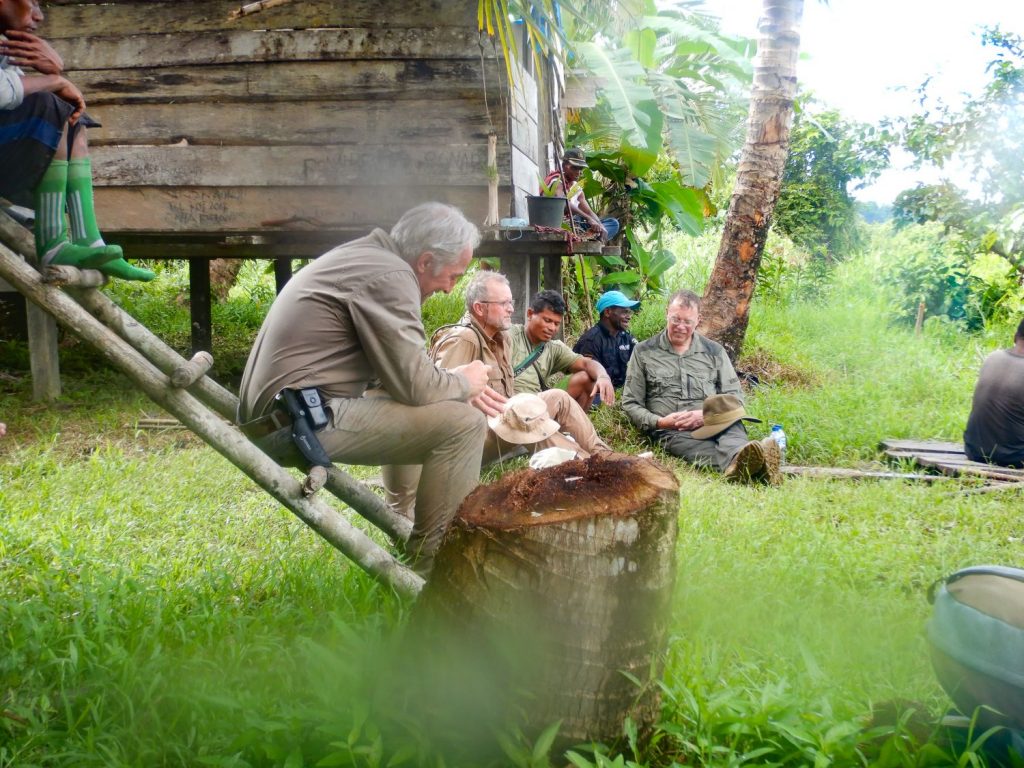
They had photos of the crew and the rescue team and maps from 1942. When they arrived in Bawafane, they got the information that during the war the name of the village was Bawane and it was a little higher. The local people have heard of the wrecked plane only from stories.
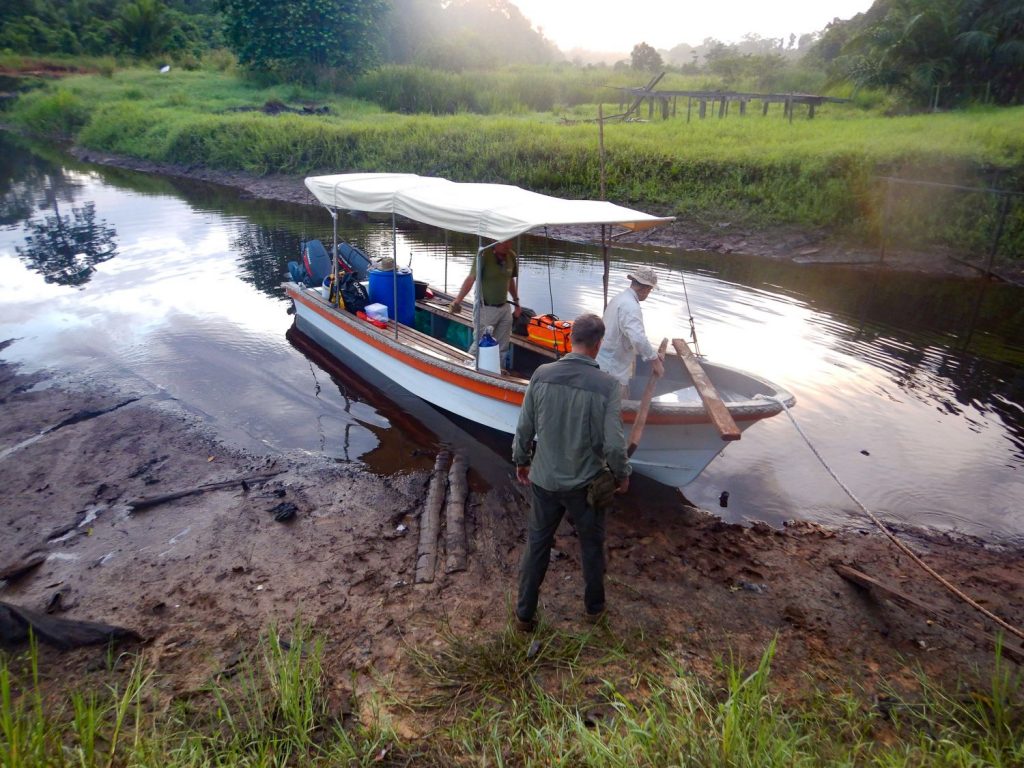
“It was last seen by someone about ten years ago, and they didn’t know exactly where it was located, but the residents were pretty sure they could find it (…) The men had machetes and spears and all wear baseball caps. They had a big smile and were smoking cigarettes all the time”, Bas Kreuger described.
He continued: “On the next day, we went into the swamp with our guides. That didn’t turn out to be very easy. We had to walk through mud and sludge up to our knees, sometimes up to our hips, making little progress. (…) We had to look carefully where we put our feet, and we were being plagued by mosquitoes and leeches. Mentally it may be even heavier than physically, especially for the ‘office workers’ among us. For Max [and Rob], it was almost literally a walk in the park.”
Later, they realised there was no point in continuing because it was hard to camp there. “They didn’t know exactly where to look and we were far too slow to effectively search in a large area. Besides, we did notice that even if the plane was half a meter away from us, we probably couldn’t even see it in the dense vegetation,” he added.
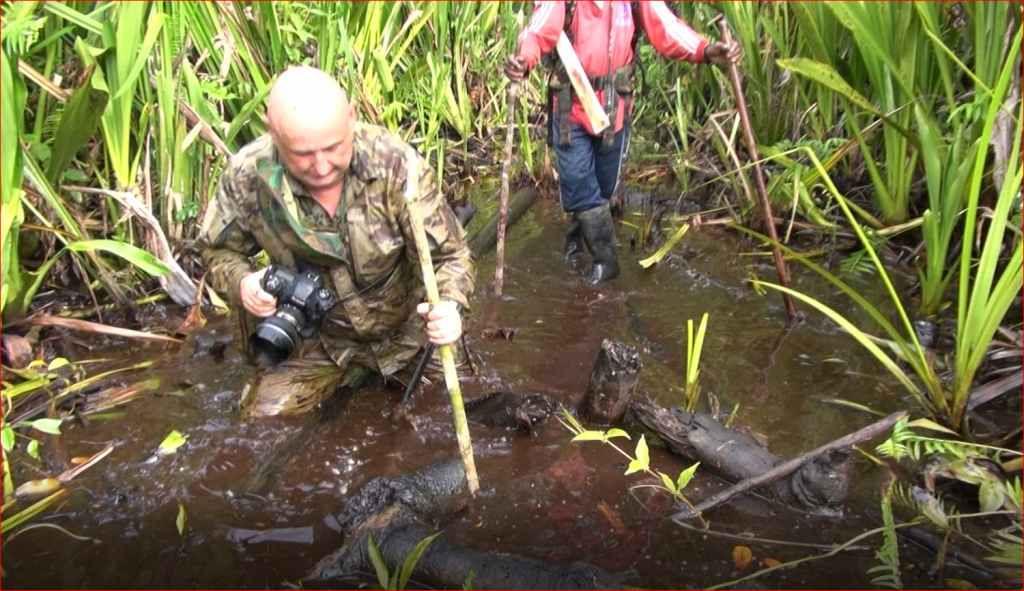
But they found a church that was in the old photos as well. Since they arrived there on a Sunday, Max told the congregation what they were doing there.
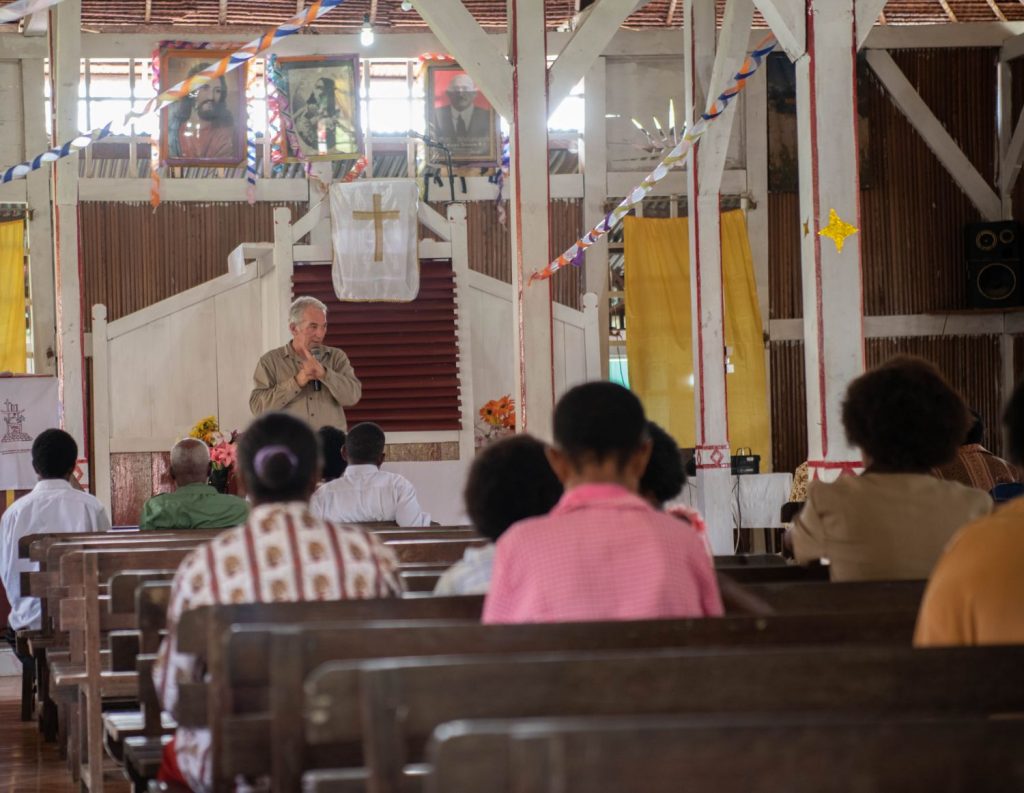
After the service, a woman came with an over 90-year-old man who appeared to have been part of the rescue team in 1944.
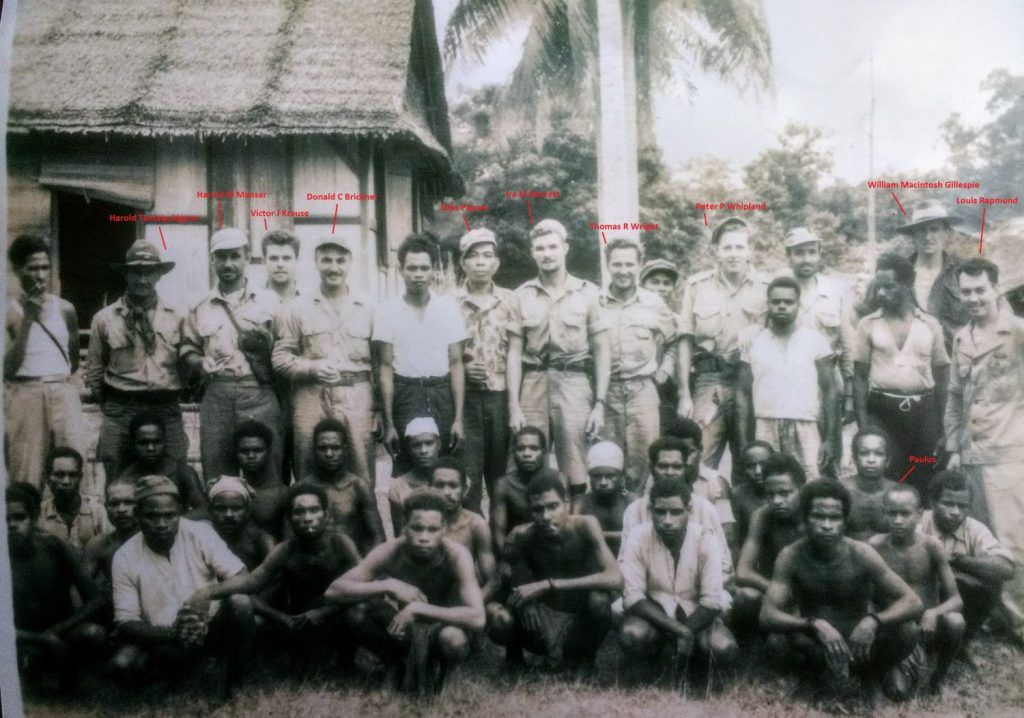
“Unfortunately, he [Paulus] was a little deaf and a bit confused, so we couldn’t ask him anything, but it was very special to have met this man”, Bas Kreuger described.
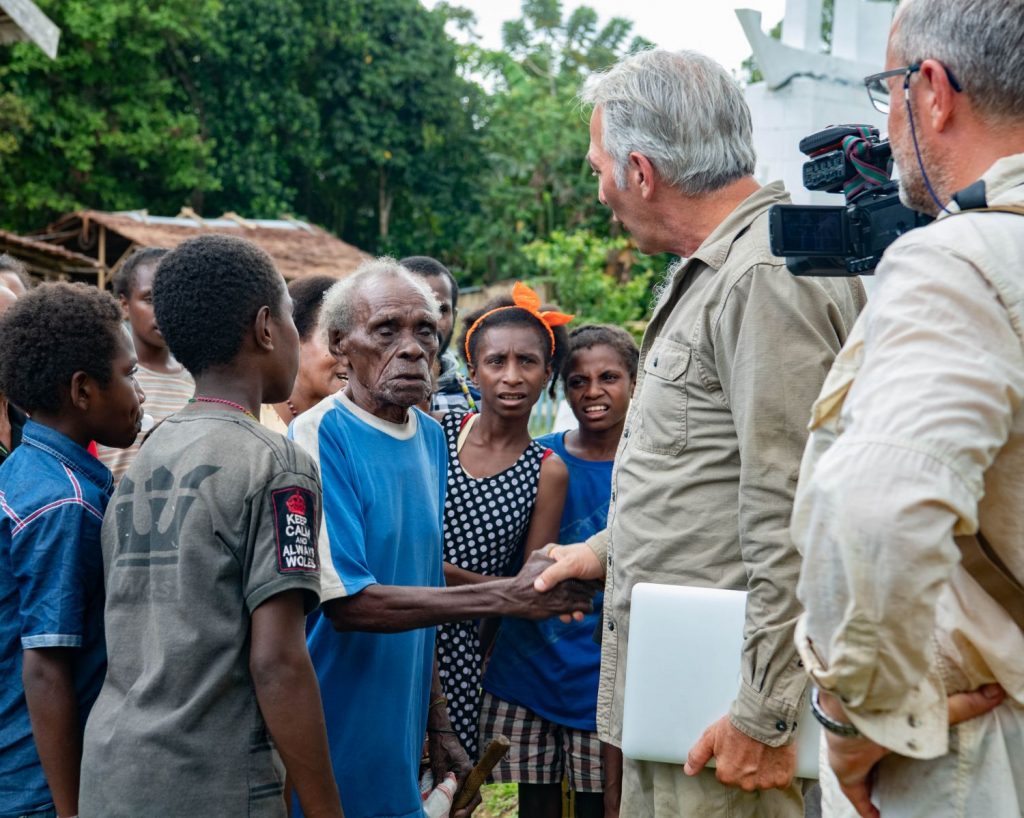
Later, the team split up and Fred Pelder and Bas Kreuger went to Sansapor, in the Rambrauw regency, to see another American B-25, where the remains of seven crew members should still be. They took pictures and sent them to the Defense POW/MIA Accounting Agency hoping that these men would be recovered and given a final resting place.
They also found some old equipment and the wreckage of a potential American A-20G Havoc in the jungle near Samate, in Raja Ampat.
Later, they saw in the GPS tracker that during their swamp trip they actually walked just along the lake where probability the B-25 was. However, since they didn’t have the equipment needed, the team plans to come back in 2021.
Please find more pictures of this expedition here.











